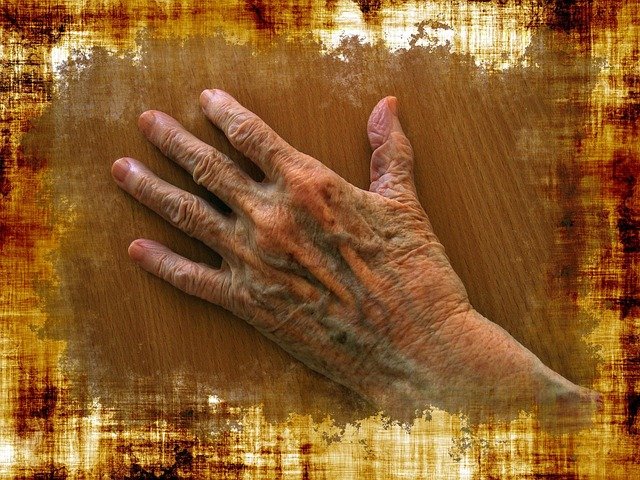Palm Reading: Understanding the Hand, Lines and Palmistry
Palm reading is a practice that observes the hand, its lines, shapes, and mounts to offer interpretations about personality, tendencies, and possible life themes. Known under names such as palmistry or chiromancy, it has a long cultural history across many regions. This article describes common elements of palm reading, how readers interpret features, and what to consider when encountering fortune telling.

What is palmistry?
Palmistry, sometimes called chiromancy, is a tradition of interpreting features of the palm and fingers to suggest character traits or likely tendencies. Practitioners trace roots to multiple cultures, including South Asia, China, and parts of Europe, where different systems and symbolic languages developed. Palmistry combines observation of physical features with symbolic associations—many of which vary by school and practitioner.
Modern perspectives treat palmistry as a symbolic or interpretive practice rather than a scientific method. While readers may offer meaningful insights for clients, claims that line features predict specific events are not supported by mainstream science. Many people approach palmistry for reflection, storytelling, or cultural interest rather than strict prediction.
How is the hand interpreted?
A palm reader looks at the whole hand: the palm area, fingers, nail shape, skin texture, and overall flexibility. Hand shape is sometimes categorized into elemental types (for example, earth, air, water, fire) that are linked to temperament in some systems. Finger length, spacing, and pad development can add nuance—long fingers may be associated with detail orientation in some traditions, while broad, short fingers with practicality.
The palm’s mounts—fleshy pads beneath each finger—are also examined for prominence and color, which readers interpret as energy or focus areas. Observers may note scars, markings, or unusual ridges. Readers typically combine these observations with the client’s life context to create a coherent reading rather than relying on single features.
Major lines on the palm and meanings
The most commonly referenced palm lines are the heart line, head line, life line, and fate line. The heart line runs across the top of the palm and is often associated with emotional style and relationships. The head line generally crosses the middle and is linked to thinking, learning style, and decision-making. The life line curves around the thumb area and is traditionally read for vitality and major life shifts, though not literal lifespan. The fate line, when present, runs vertically and is associated with career or life direction in some systems.
Readers consider line depth, breaks, forks, and intersections. For example, a deep, unbroken head line might be read as focused thinking, while many breaks could indicate changing interests or interruptions. Interpretations vary substantially across practitioners, so consistent meanings should not be assumed; lines are best seen as symbolic prompts rather than deterministic facts.
Tools and methods in palm reading
Traditional palm readings rely primarily on direct observation and discussion, with the reader holding or viewing the hand in natural light. Some practitioners use pencils to trace line patterns or magnifying lenses to inspect fine ridges. Contemporary services may offer photo-based readings, video consultations, or written reports, allowing practitioners to reach clients through local services or online platforms.
Ethical practices emphasize consent, privacy, and clear boundaries—readers should avoid definitive health or legal claims and should clarify the interpretive nature of their work. If a client seeks insight into medical or legal matters, professionals should recommend consulting qualified healthcare providers or legal advisors for authoritative guidance.
Common misconceptions about fortune telling
Fortune telling often gets framed as predicting exact events, but many readers describe tendencies, choices, or likely patterns instead. A common misconception is that palm lines rigidly lock in one’s future; in most interpretive traditions, readings are flexible and reflect potential rather than certainty. Psychological factors—like confirmation bias and selective memory—can make generalized statements feel personally accurate.
Another misconception is that palmistry is uniformly practiced: methods, emphases, and symbolic vocabularies differ by culture and individual reader. For those exploring palm readings, it helps to view a session as a reflective conversation that can illuminate preferences, patterns, and possibilities rather than a fixed script of fate.
Conclusion
Palm reading is a symbolic practice focused on interpreting the hand’s physical features to generate insights about character and life tendencies. It blends traditional motifs and personal interpretation, and its value often lies in prompting reflection rather than delivering precise predictions. When engaging with palmistry or other forms of fortune telling, understanding the interpretive nature of the practice and seeking qualified advice for practical or medical issues helps keep expectations realistic.






